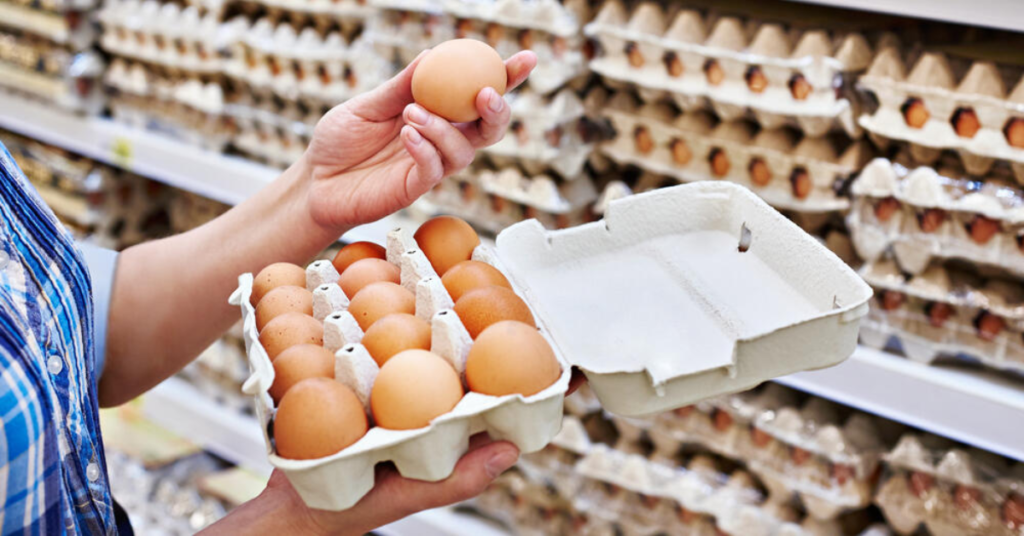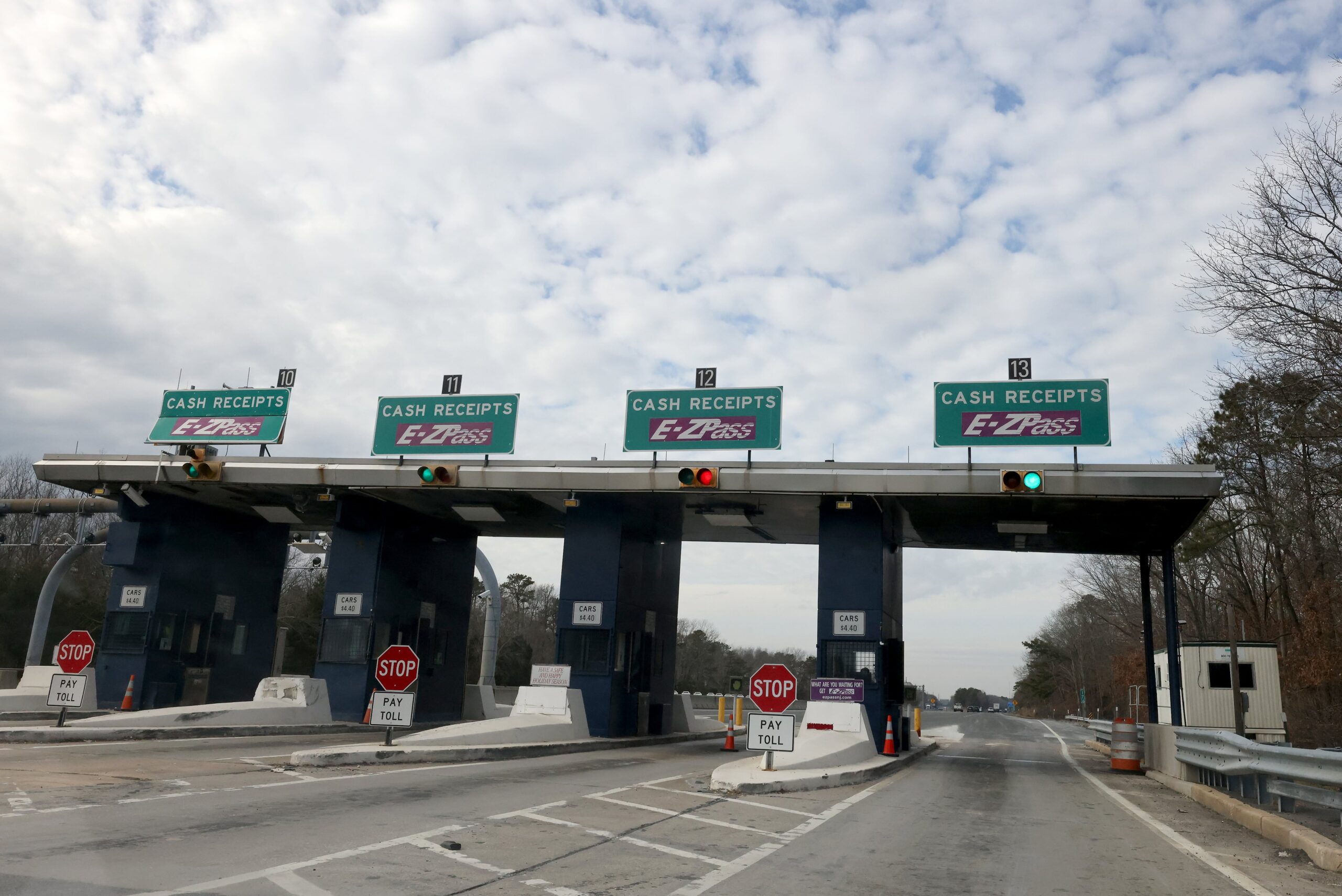In recent months, Montana grocery stores have been grappling with fluctuating egg prices, leading to adjustments in retail pricing. The surge in egg costs has been driven by several factors, including inflation, supply chain disruptions, and ongoing issues in poultry farming.
Consumers across the state have noticed a steady increase in egg prices, prompting discussions about affordability and alternative solutions.
Rising Costs and the Reasons Behind Them
Egg prices in Montana have been influenced by several economic and environmental factors:
1. Supply Chain Disruptions
The supply chain has been under strain due to rising fuel costs, labor shortages, and transportation inefficiencies. Montana, being a largely rural state, depends on supply chains that span across several regions. Any disruption in trucking or distribution networks directly affects the availability and price of eggs.
2. Feed Costs for Chickens
Poultry feed is a crucial component of egg production, and its rising costs significantly impact egg prices. Corn and soybean meal, the primary ingredients in chicken feed, have seen price surges due to global agricultural trends, including climate-related issues and geopolitical conflicts affecting exports.
3. Avian Influenza Outbreaks
The spread of avian influenza has led to culling millions of chickens in the U.S. Whenever an outbreak occurs, egg production declines, leading to reduced supply and higher prices. Montana has felt the impact as large egg-producing states like Iowa and Nebraska have faced major outbreaks.
4. Inflation and Economic Pressures
General inflation has affected nearly every sector of the economy, including food production. Rising wages, fuel costs, and operational expenses for poultry farms have translated into higher prices for consumers.
How Grocery Stores in Montana Are Responding

1. Adjusting Retail Prices
Grocery chains and local stores have had no choice but to raise their egg prices to reflect increased wholesale costs. Some retailers, however, are attempting to keep price hikes minimal by absorbing some of the cost to maintain customer loyalty.
2. Offering Discounts and Promotions
To help consumers manage costs, many grocery stores are introducing discounts and promotions. Buy-one-get-one-free offers, loyalty card discounts, and bulk purchasing incentives have become more common.
3. Sourcing from Local Farms
Some grocery stores are increasingly turning to local egg producers to reduce dependency on national suppliers. This shift supports Montana’s agricultural sector and ensures a more stable supply of eggs.
4. Introducing Alternative Options
As egg prices rise, consumers are considering alternatives such as egg substitutes, plant-based egg products, and other protein-rich foods. Some stores have expanded their selection of these items to provide more affordable choices.
Consumer Reactions and Future Outlook
Montana residents have expressed concerns over the rising cost of eggs, particularly those with large families or businesses reliant on eggs, such as bakeries and restaurants. While some have adapted by buying in bulk or exploring alternatives, others hope for a stabilization in prices as supply chains recover.
Economists predict that egg prices could remain volatile in 2025 due to unpredictable factors like avian flu outbreaks and global economic shifts. However, as the agricultural sector adapts and supply chains improve, gradual relief may be on the horizon.
For now, Montana grocery stores continue to adjust their strategies to ensure that consumers have access to eggs at reasonable prices while navigating the challenges of an evolving market.








